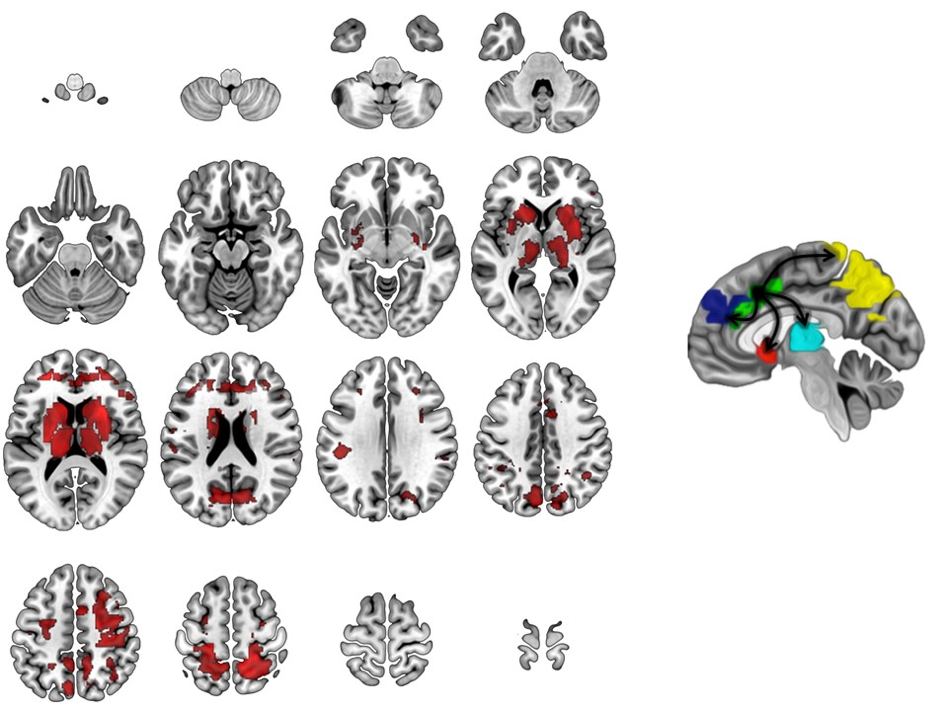By Paula Fitzsimmons via PetMd
There’s no question that spay and neuter surgeries save lives. “Making the decision to spay or neuter a pet means fewer will be euthanized,” says Dr. Kate Maher, Louisiana state representative for the Humane Society Veterinary Medical Association.
Spaying and neutering is also associated with increased health benefits and longevity. One study on reproduction’s impact on lifespan and cause of death in dogs found that sterilization increased life expectancy in females by 26.3 percent and in males by 13.8 percent.
But if you’re a first-time pet parent, you may have heard or read statements that give you pause. Neutering my dog will alter his personality. Spaying a female cat before a first litter is dangerous. Spay and neuter surgeries are unaffordable. These are all myths.
If you’re not sure what to believe, read on as veterinarians who are intimately connected with the issue help separate fact from fiction. As with human medicine, animals are unique individuals, which is why the best person to talk to about your pet’s health needs is, of course, your vet.
Myth 1: Females Who Have One Litter Before Getting Spayed Are Healthier
There’s no evidence that females who give birth before getting spayed reap any health benefits, says Dr. Susan Konecny, medical director for Best Friends Animal Society in Kanab, Utah. “In fact, spaying female dogs and cats before their first heat cycle eliminates their risk of ovarian or uterine cancer, and it also greatly reduces their risk of mammary cancer.”
With each heat, an animal’s health risks actually increase. Konecny cites a study on mammary tumors in female dogs, in which researchers found that individuals spayed between their first and second heats had an 8 percent risk of developing malignant tumors when compared with intact females. That figure jumped to 26 percent when performed between the third and fourth heats. And spaying later than that put the female at the same risk level as intact dogs.
Spaying before the first litter also eliminates the risk of other pregnancy-related emergencies, says Dr. Holly Putnam, director of operations for Shelter Outreach Services in Ithaca, New York. This includes dystocia, a condition in which “kittens or puppies are unable to pass through the birth canal during labor, requiring an emergency C-section.”
Myth 2: Neutering Diminishes an Animal’s ‘Masculinity’
Unlike humans, animals have no actual concept of their sexuality, Konecny says. “And spaying or neutering will not change your pet’s natural disposition. For example, neutering male dogs does not render them useless for protection or guarding.”
Neutering (or spaying) also has no effect on an animal’s natural instinct. “A dog’s intelligence and personality is formed more by genetics and environmental factors than by sex hormones,” Maher says.
What sterilization does do, Maher says, is decrease testosterone, which can result in significant health benefits, including a reduced risk of prostate disease and testicular tumors.
And it can help reduce undesirable behaviors, Konecny says. “What we do know is that neutering male dogs was most effective at reducing urine marking, mounting behaviors and roaming, and neutering male cats greatly reduces or eliminates urine spraying, roaming, and fighting with other males.”
Myth 3: Surgery Is Too Expensive
Look at it this way: not opting for spay or neuter surgery may cost you more in the long run. You’re ultimately responsible for all those lives, whether you decide to keep them or adopt them out. Fortunately, affordable options are available when it comes to sterilization surgeries.
Pricing for spay and neuter surgeries varies by region and vet office. “Most regions in the U.S. have at least one spay/neuter clinic within driving distance that charges $100 or less for the procedure,” Maher says.
Many veterinary clinics provide discounts through subsidized voucher programs, she adds. “Low-cost spay and neuter is becoming more widely available all the time.” To find low-cost spay and neuter providers in your area, check out the database created by PetSmart Charities and ASPCA.
Some organizations may even be willing to perform spay and neuter for free. “Contact your local animal shelter or humane society, or your veterinarian, and tell them that you are looking for discounted spay or neutering services,” Konecny recommends.
Myth 4: Sterilization Is Directly Responsible for Weight Gain
Spay and neuter surgeries decrease the level of sex hormones, which does indeed slow down an animal’s metabolism, Konecny says. “Therefore, this has to be taken into account after the pet is spayed or neutered.”
But mostly, animals become overweight due to lack of appropriate diet and exercise—not specifically from being spayed or neutered, she says. “Dogs and cats are often fed quantities based on pet food manufacturers’ recommendations. Some will do well on the recommended amount, while others may need more or less food (usually less),” Konecny explains. “The age at which a dog or cat should be changed over to adult food will vary based on breed, size, and individual activity level and as your animal ages, it is important to adjust their diet and their exercise regimen accordingly so they remain healthy later in life.”
Other reported factors contributing to obesity include an animal’s breed, housing environment, age, and even the weight and age of the pet parent (our lifestyles can often rub off on our animals). “The truth is that the problem of companion animal obesity is multi-factorial and research studies indicate that spaying or neutering prior to 5 months of age may decrease the incidence of obesity,” Maher says.
The Debate Surrounding Spay and Neuter
Spay and neuter surgeries are not without their criticisms. “There is a great deal of controversy surrounding early spay/neuter based on recent studies on purebred dogs,” Konecny says. “This has created a great deal of debate as well as controversy in regards to what the appropriate age is.”
She says several published studies look at the long-term effects of spaying animals at an early age. “These studies received quite a bit of attention as they indicated that there may be a greater risk of developing certain types of cancers and musculoskeletal problems later in life in dogs that underwent early-age spay/neuter. However, many epidemiologists agree that further research needs to be performed before making any changes to our current age recommendation.”
The current age recommendation for spays and neuters is 6 months. Yet puppies and kittens currently and routinely undergo spay or neuter as early as 8 weeks of age, especially in animal shelters and high-volume spay and neuter clinics, says Putnam, who also serves on the board of the Association of Shelter Veterinarians. “If you’re concerned about your puppy or kitten undergoing a surgery at such a young age, consider that most veterinary hospitals, animal shelters, and high-quality, high-volume spay/neuter clinics are experienced and highly skilled with meeting the anesthetic and surgical needs of pediatric animals.”
Ultimately, your vet will be in the best position to determine if your cat or dog is a good candidate for spay or neuter.
For more see PetMd





 Of all the animals mankind interacts with on a regular basis, dogs have always seemed to be the most in tune with our emotional states.
Of all the animals mankind interacts with on a regular basis, dogs have always seemed to be the most in tune with our emotional states. 



